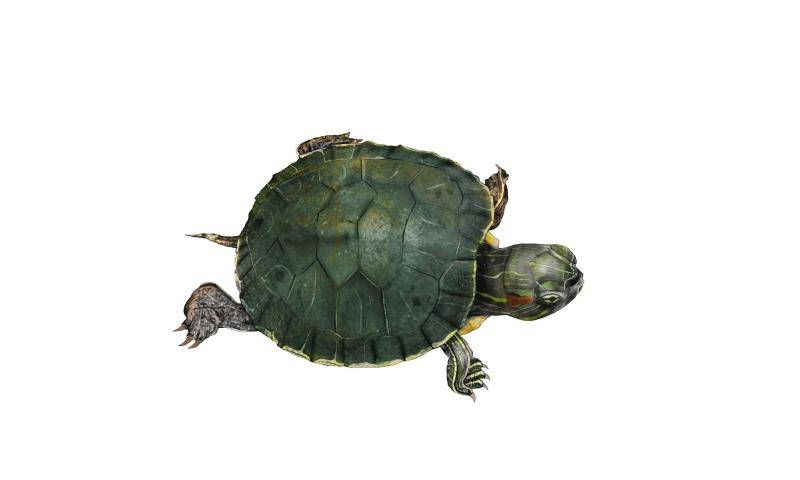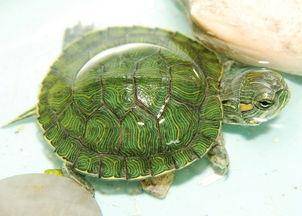Turtles, like humans, will affect their appetite due to changes in the water temperature of their surroundings. Brazilian turtles live in water. They eat and excrete most of the time in water and sometimes go ashore. The healthy and disease-free water temperature is generally within 25 ~ 28 degrees, not lower than 22 degrees. Brazilian turtles are mainly looking for food in the water.

The feeding amount of Brazilian turtles depends on the size of the turtle’s head, and the frequency is 1 ~ 2 times a day. Turtles prefer to eat raw meat, so the prepared turtle fry can be thawed shrimp and fish, cut into small pieces and fed. But be careful not to feed cooked food or fat meat with a lot of seasoning. Usually you can feed more shrimp meat to supplement calcium to prevent the occurrence of soft nail disease. You can also feed shrimps, but soak them in warm water for ten minutes first. Smash.

What are the reasons that affect the growth of Brazilian turtles?
1. Water level and quality
The given water level should preferably be parallel to the top of the turtle shell. If the water level is too low, it is easy to dry and crack the shell. The water source is tap water, put it for a day, and then give it to the turtle. Let the sun shine for a day. The main purpose is to remove bleaching powder and chlorine.
2. Feeding environment
You can choose a plastic box, which is not easy to damage, but it is also easy to clean. It is better to use a glass jar (a ladder for turtles to climb can be customized in the glass jar to create a semi dry and semi water environment). Because turtles are amphibians. Put some stones and bricks of appropriate size in the feeding tank. And a platform that comes out of the water.
But if it’s late autumn and winter, it’s not suitable for the sun. If the indoor temperature difference is too large, the tortoise will get sick. In the indoor sun across the glass, only the effect of heating, can not play the role of calcium supplement. Therefore, after April, it can be directly exposed to the sun outside.

3. Hibernation time
Hibernation is limited by temperature. The ideal hibernation temperature of a turtle is 7 ~ 10 °. If the ambient temperature is lower than 15 °, the turtle will enter hibernation. However, those whose length is less than six centimeters and who have not been raised for more than two years cannot hibernate.
